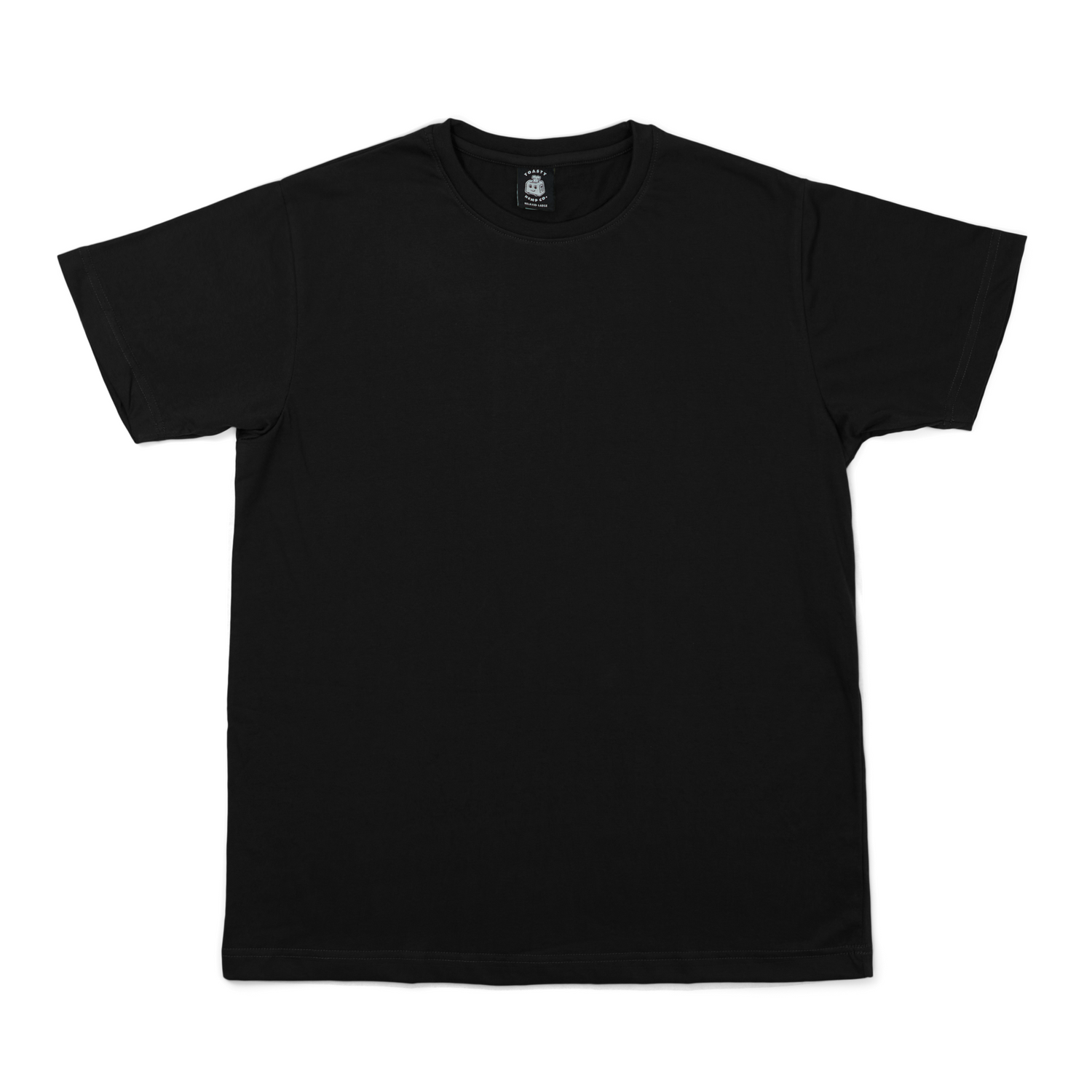You’ve heard about hemp clothing and maybe even felt the difference yourself.
At TOASTY HEMP CO, we’ve been in your shoes, and we know that after touching a hemp textile for the first time you might be wondering “how on earth does a hemp plant become a tee?”.
The short answer: a lot of care and a tremendous amount of work!
For those interested in the long-winded technical answer, read on for the whole story...
Hemp fibers used for textiles originate from the cannabis plant. The plants that yield the fibers that used in clothing are not psychoactive, so the only high you’ll get from our clothing is an extreme sense of comfort and coziness.
The cannabis plant is robust and can grow quickly and easily in many climates. It is considered a “low maintenance” crop. Needing a low level of external resources (ex: water) and no pesticides. Once hemp is ready for harvesting, the long slender stalks are cut down and sent to a facility for fiber extraction.
The fibers found in the hemp plant’s outer stem tissue are referred to as the bast fibers. These are the fibers that are used in hemp textiles.
Primary fiber extraction begins with the retting process. This is best defined as the process of breaking down the lignins and pectins (aka the "natural glue) that binds the plant fibers together. There are different options available to rett; they include: water retting, dew retting, enzyme retting, steam retting, electrolytic degumming.
Once the retting is complete, the stems are further broken to separate the bast fibers from the woody core in a process called decortication. The hemp fibers are then prepared for fiber formation by being turned into a sliver through the processes of hackling, carding and drawing.
The fiber slivers are twisted and spun to create a yarn. The yarn is woven into a fabric (usually with other types of fibers), and then dyed and finished.
From here the hemp fabric is ready to be cut and sewn and turned into a wearable garment!
It's important to note that there can be variation among hemp fiber extraction techniques and processing methods country to country, so the story we've told is but one of many possible approaches to fiber processing. This is due to differences in technology, energy sources, and environmental standards.
The above illustrates a basic and general overview of the process. No matter the method, we can agree that hemp textile production is not a small undertaking and one with many consumer and environmental benefits.
Not to mention the outcome yields a quality piece of clothing that will last for years – even decades – to come!
Have your own experiences or facts to share about hemp processing? We'd love to hear from you, so please drop us a line!


